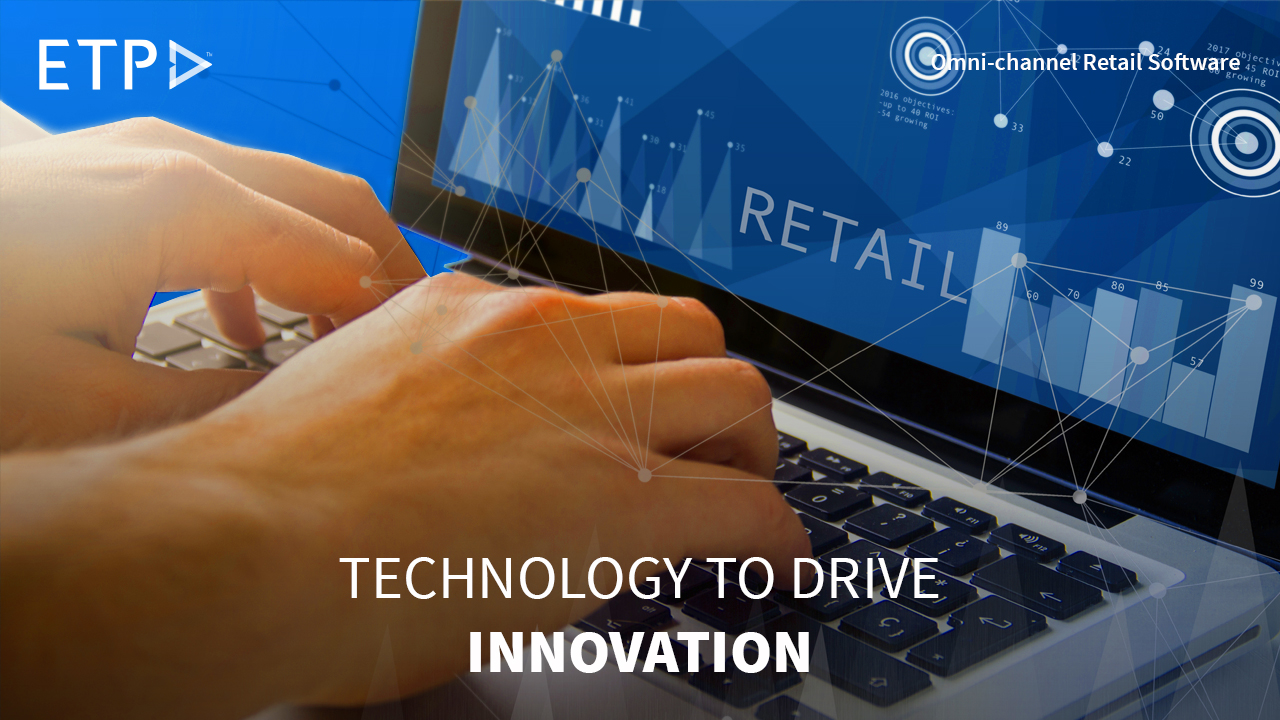
Innovation in retail has long been driven by new technologies and the desire to see what they can do. From video rental shops to Amazon, retailers have fallen over themselves to adopt tech that gives them an edge over the competition—and a bigger piece of the pie. Today, brick-and-mortar stores face much stiffer competition than their online rivals. After all, how can you compete with the convenience of shopping from the comfort of your own home? You could argue that you can’t. But I’m here to tell you there are still plenty of ways for physical retailers to use tech to innovate and get ahead in this brave new world. Here’s a look at just some of them:
Remember the days when customers visiting a store were greeted with a salesperson following them from aisle to aisle, making product recommendations and steering them towards the cash counter? It’s not that long ago that such practices were commonplace in retail. But today’s customers are more demanding than ever before—they want to be able to shop whenever and wherever they want, without being followed by a salesperson or being pushed into buying more than they need.
As shoppers now seek a more convenient method of shopping, it is imperative for brick-and-mortar stores to reinvent themselves by offering an omni-channel experience and creating a seamless shopping experience for their customers. While the use of technology can serve as an effective tool in achieving these goals, retail companies need to take the initiative to stay relevant and useful to customers.
The importance of leveraging technology cannot be overstated when it comes to transforming information into actionable insights in order to personalize interactions with shoppers. By doing so, organizations can create a superior customer experience that sets them apart from competitors who lack these capabilities.
The first step toward delivering this enhanced shopping experience is through digital technology that, among other things, enables data gathering at multiple touch points. This gives retailers access to a goldmine of customer information that helps businesses to remain relevant and useful to their customers.
But how do you use this data? How do you know what kind of information you should be collecting? How much should be collected? And how can it all be used effectively in order to improve the overall customer experience?
Data is truly a gift from heaven for retail companies—and not just because they can use it as part of their analytics efforts; data collection also provides important insights into consumer behaviour and preferences. With this knowledge in hand, companies are able to create personalized experiences for each individual shopper based on their shopping history and preferences rather than relying simply on demographic information such as gender or age range alone (which may not always accurately represent them). It also allows retailers greater insights into where there might be demand for new products/services or locations within stores, where consumers prefer spending time during different parts of their day (e.g., morning vs afternoon shifts) and so on.
The next step involves leveraging technology tools available today to transform that information into actionable insights. These insights can be used to personalize interactions with shoppers based on their unique browsing and buying patterns and to proactively address their changing needs throughout their journey, from purchase to return.
This is the heart of a customer-centric approach that can make all the difference in your store’s ability to get things right for your customers. With it, you will:
- Use retail CRM tools to better understand how shoppers interact with your brand, which products they prefer — or don’t — and what messages resonate most with them
- Use data analytical tools to help you identify common pain points across customers as well as groups within your base; this could include identifying which product categories are underperforming or where there are gaps in inventory (e.g., if multiple customers have been looking at specific items online but not buying them)
- Use retail management software solutions such as the ETP V5.5 Store software coupled with the ETP Connect – a secured web services middleware or ecommerce management solutions such as Ordazzle powered by ETP, integrated with ERP systems from Oracle, SAP, Infor, and more so that retailers gain visibility into where/when orders come in from customers vs. where/when can they be fulfilled from.
- Leverage mobile POS (mPOS) technology for providing value-added services including providing product information and price comparisons across channels. The ETP Mobile Store mobile POS software converts your store staff into intelligent assistants that can also help in inventory management by identifying which products are selling faster than others.
Additionally, retailers should use artificial intelligence and machine learning to improve customer service. For example, a retailer could install cameras at the entrance of the stores to monitor the flow of customers during peak shopping hours. This data can then be used to determine where additional staffing may be needed or identify bottlenecks along the customer journey so that employees can address them immediately.
Data analysis can also be used by retailers who want to deliver superior customer service as well as track consumer trends across the supply chain, helping them optimize inventory management practices and streamline production schedules.
Retailers have access to a wealth of consumer data thanks in part to social media. By leveraging this information, companies will be better equipped to serve customers’ needs by providing the products and personalised promotions they want when they want them—even before they know what those desires are.
The ability for companies to quickly identify consumer trends allows them to not only plan, but also to identify cross-selling opportunities.
Conclusion
Digital transformation is no longer an option for retailers, but a business imperative. If you’re not leveraging technology to drive innovation, the process of change will still happen — your competitors and customers will be the ones who lead it.






